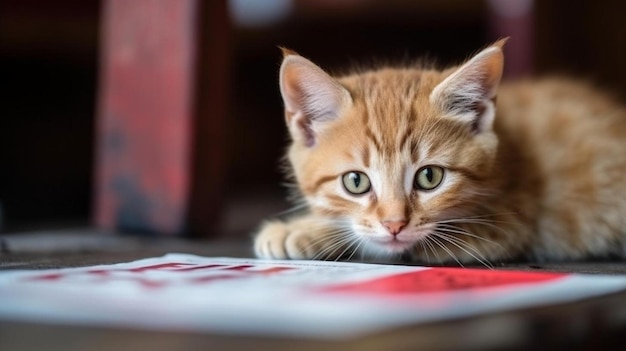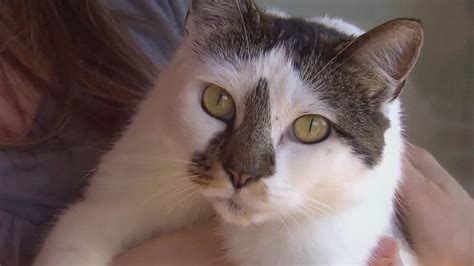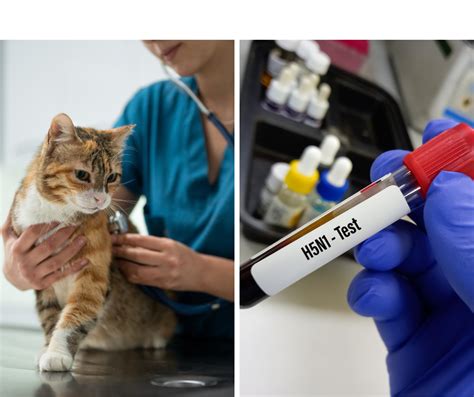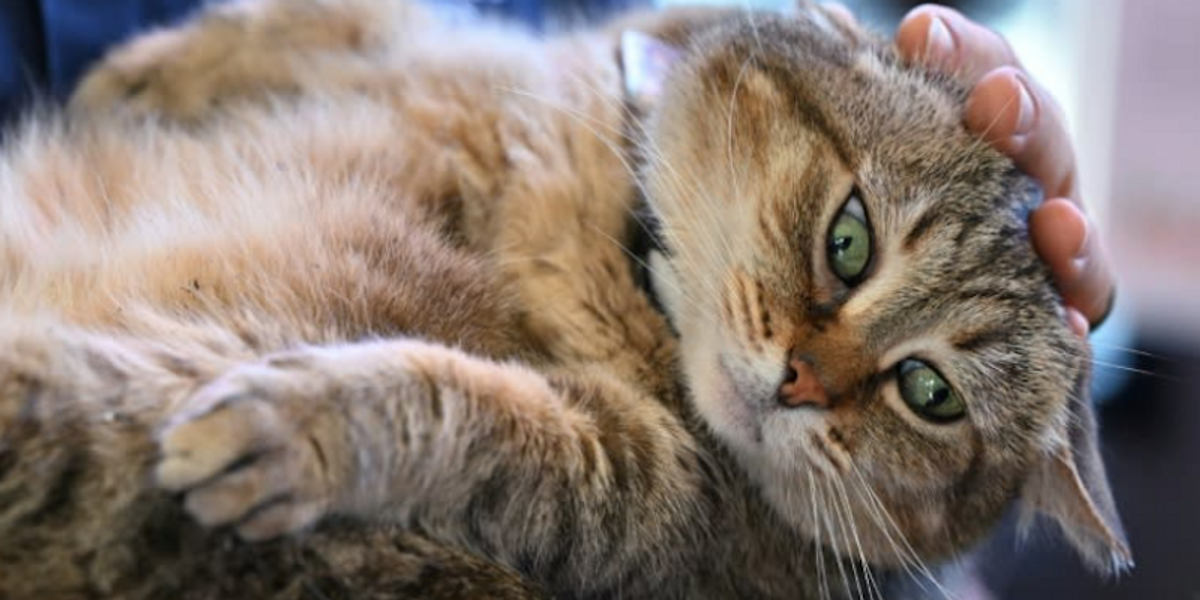Bird Flu Cats

The intersection of bird flu and cats is a complex and fascinating topic, particularly in the context of veterinary medicine and public health. Bird flu, also known as avian influenza, is a viral infection that primarily affects birds but can also be transmitted to other animals, including cats. The relationship between bird flu and cats is multifaceted, involving not only the potential for transmission but also the role cats might play in the spread of the virus and the implications for feline health.
Transmission Dynamics

Understanding how bird flu can be transmitted to cats is crucial for assessing the risk and implementing preventive measures. The primary mode of transmission from birds to cats is through direct contact with infected birds or their secretions, such as feces. Cats that hunt birds or are exposed to bird droppings in their environment are at a higher risk. Additionally, indirect transmission through contaminated food, water, or surfaces is also possible. The virus can survive on surfaces for varying periods, depending on environmental conditions, which increases the risk of indirect transmission.
Viral Strains and Feline Susceptibility
Not all strains of the bird flu virus are equally transmissible to cats, and the susceptibility of cats to different strains can vary. The H5N1 subtype is one of the most pathogenic forms of the virus and has been reported to infect cats. Research suggests that domestic cats can be infected with the H5N1 virus, and while the disease in cats is often severe, the transmission from cat to cat or from cat to human is considered to be relatively low. However, the potential for cats to act as intermediate hosts or to facilitate the reassortment of viral strains is a concern that warrants further investigation.
| Viral Strain | Feline Susceptibility |
|---|---|
| H5N1 | High, with reports of severe disease |
| H7N9 | Variable, with some studies indicating low susceptibility |
| H9N2 | Generally considered low, but can vary based on the specific strain and cat population |

Key Points
- Cats can be infected with bird flu, primarily through direct contact with infected birds or their secretions.
- The H5N1 strain of the bird flu virus is particularly pathogenic in cats and has been associated with severe disease.
- The potential for cats to transmit the virus to other cats or to humans is considered low but warrants continued monitoring and research.
- Surveillance and understanding of viral strains and their impact on feline health are critical for managing the risk of bird flu transmission.
- Cats may play a role in the ecological dynamics of bird flu, potentially acting as sentinels for emerging diseases or contributing to the reassortment of viral strains.
Clinical Presentation and Diagnosis

Cats infected with bird flu can exhibit a range of clinical signs, from mild to severe. Common symptoms include respiratory distress, such as coughing and difficulty breathing, fever, lethargy, and loss of appetite. In severe cases, cats may develop pneumonia, which can be fatal if not treated promptly and effectively. Diagnosis is typically made through a combination of clinical presentation, laboratory tests (such as PCR to detect the virus), and epidemiological investigation to determine exposure to infected birds.
Prevention and Control Measures
Preventing the transmission of bird flu to cats involves reducing their exposure to infected birds and contaminated environments. This can be achieved by keeping cats indoors, especially in areas where bird flu outbreaks have been reported, avoiding feeding them raw or undercooked poultry, and ensuring good hygiene practices when handling cats that may have been exposed. Vaccination against bird flu is not commonly practiced in cats, but it may be considered in specific circumstances under the guidance of veterinary professionals.
Can cats transmit bird flu to humans?
+The risk of cats transmitting bird flu to humans is considered to be low. However, it is crucial for individuals handling potentially infected cats to follow strict hygiene practices to minimize any potential risk.
How can I protect my cat from bird flu?
+Keeping your cat indoors, especially in areas with reported bird flu outbreaks, avoiding contact with wild birds, and ensuring good hygiene when handling your cat can help protect it from bird flu.
What are the symptoms of bird flu in cats?
+Symptoms can range from mild to severe and include respiratory distress, fever, lethargy, and loss of appetite. If you suspect your cat has been exposed to bird flu, it is essential to seek veterinary care immediately.
In conclusion, the relationship between bird flu and cats is complex, involving risks of transmission, potential for severe disease, and implications for public health. By understanding the transmission dynamics, viral strains, and preventive measures, cat owners and veterinary professionals can work together to mitigate these risks and protect both feline and human health.



